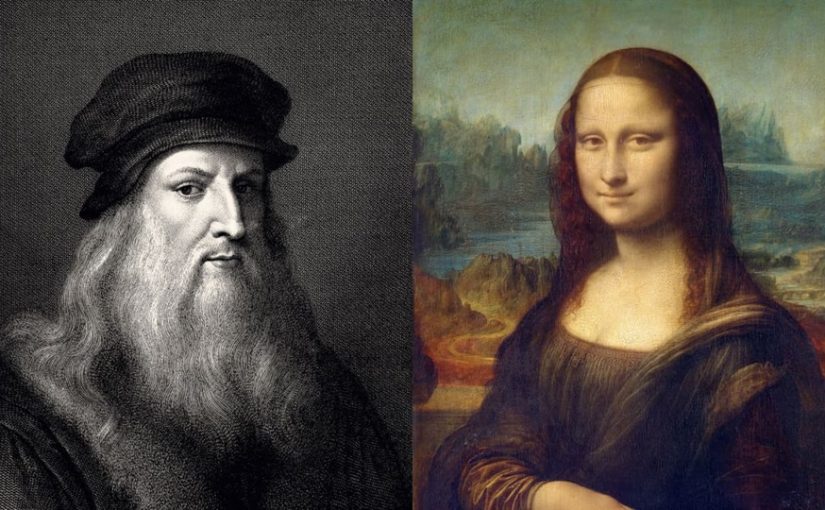Protesters demand debt cancellation, climate action ahead of UN summit
Leonardo da Vinci’s DNA found in 6 living relatives after 500 years

Left: Portrait of Leonardo Da Vinci engraved and published by James R. Osgood and Company in 1877; Right: The Mona Lisa.
The Leonardo DNA Project, launched in 2016, aims to recover Leonardo’s Y chromosome and reconstruct his genetic profile.
More than 500 years after his death, Leonardo da Vinci remains one of history’s most extraordinary figures. Now, a groundbreaking scientific effort is inching closer to uncovering the biological roots of the Renaissance genius.
Spearheaded by the international Leonardo DNA Project and chronicled in a new book, Genìa Da Vinci: Genealogy and Genetics for Leonardo’s DNA, researchers are reconstructing Leonardo’s genetic profile using historical documents, modern DNA analysis, and archaeological excavation.
“Our goal in reconstructing the Da Vinci family’s lineage up to the present day, while also preserving and valuing the places connected to Leonardo, is to enable scientific research on his DNA,” says Alessandro Vezzosi, one of the book’s authors.
“Through the recovery of Leonardo’s DNA, we hope to understand the biological roots of his extraordinary visual acuity, creativity, and possibly even aspects of his health and causes of death.”
Tracing the da Vinci lineage
The project’s genealogical foundation rests on over 30 years of research by historians Alessandro Vezzosi and Agnese Sabato. Their new book traces Leonardo’s family tree back to 1331, identifying over 400 individuals across 21 generations. They discovered 15 living male-line descendants from Leonardo’s father and half-brother.
This allowed a genetic team led by David Caramelli, Director of the Department of Biology at the University of Florence, to test six male relatives for Y chromosome markers, which pass unchanged from father to son.
The results confirmed shared segments of the Y chromosome among the men, verifying the continuity of the Da Vinci male lineage back to at least the 15th generation.
“Based on the results, we can proceed with analysis of Y chromosome fragments for comparison with current descendants,” says Caramelli.
Genetic insights into a genius
The Leonardo DNA Project, launched in 2016, aims to recover Leonardo’s Y chromosome and reconstruct his genetic profile. Such an achievement could illuminate biological aspects of his life, including his visual acuity, left-handedness, health conditions, or cause of death.
”Even a tiny fingerprint on a page could contain cells to sequence,” says Jesse H. Ausubel, project director.
“21st-century biology is moving the boundary between the unknowable and the unknown. Soon, we may gain information about Leonardo and other historical figures once believed to be lost forever.”
“Leonardo questioned the origins of human life not only biologically: in his studies on generation, conception becomes a complex act where nature, emotion, and fate intertwine — anticipating themes now central to the genetics–epigenetics debate,” explains Agnese Sabato.
New discoveries, enduring mysteries
One of the book’s most intriguing revelations is the discovery of a charcoal drawing on a fireplace in the municipality of Vinci, the polymath’s birthplace. Depicting a fantastical creature with a spiral horn, hooked teeth, and membranous wings, the work has been dubbed the “Unicorn Dragon.”
Researchers believe it may be an early work by Leonardo, due to striking similarities with known sketches from the 1470s. The drawing is now under analysis and restoration.
“This is not just about the author of the world’s most famous painting,” concludes Ausubel. “It’s a challenge to redefine the limits of historical knowledge and cultural heritage.”
By Srishti Gupta












Leave a Reply
Be the First to Comment!
You must be logged in to post a comment.
You must be logged in to post a comment.